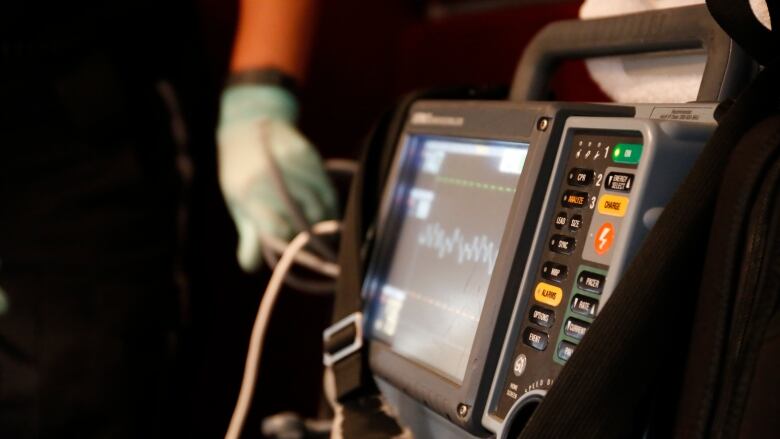Technology is advancing health care for Manitoba stroke patients
5 hospitals in the province can administer hyper-acute stroke care, with more on the way

Health care for stroke patients in Manitoba is making leaps and bounds with the advancement of hospital technologythat is slowly becoming available to rural parts of the province.
- Family devastated by mother's stroke, appalled by medical care
- U of A hospital unveils Canada's 1st stroke ambulance
When a person dials 911 and presents with stroke symptoms, Manitoba's emergency responders are trained to initiate a "by-pass protocol" anddirect those patients to the nearest hospital that is able to offer what Manitoba Health calls "hyper-acute stroke services," BrieDeMone,the executive director of acute services for Manitoba Healthy Living and Seniors,told CBC.
These services include the potential administration of tPA (or tissue plasminogen activator),known as the "clot-busting" drug. This comes afterCT scans and blood work,as well asan examination by a neurologist, either in person or viaTelestroke, which isa communications technology similar toSkypebut for doctors.
So far there are five hospitals across the province offering these services:
- Brandon General Hospital
- Thompson General Hospital
- St. Anthony's Hospital,in The Pas
- Health Sciences Centre,in Winnipeg
- St. Boniface General Hospital, in Winnipeg
Telestrokeeliminates the need forpatients to be immediately transferred to Brandon or Winnipeg, as they would have been in the past.
Instead,Telestrokeallows stroke specialists from the city centres to examine patients in remote hospitals miles away anddigitally sendmedical tests, such as CT scans. Specialists can thendiagnose patientsand recommend a plan of care, DeMonetold CBC.
This is a significant technologicaladvancement,since time is of the essence in treating strokes; there is only a 4-hour treatment window to effectively administerthe clot-busting medication.
"The technology itself,Telehealth, has been around for quite a while," DeMonesaid."The use of this technology forTelestrokeservices has been on the rise in Canada for the last five or six years."
The Pas added the Telestroke technology to its hospitalearlier in 2015and Thompson gained access to it in 2014.
"I think this is a huge improvement for patients living in rural Manitoba, to be able to access the bypass protocol or access hyper-acute stroke care services in their environment," DeMone said.
The changes are coming in stages so they don't overwhelm the system, but allhospitals with CT scanners are expected to join the Telestroke roster.
"In essence, the quality of hyper-acute stroke care in those rural hospitals will be the same as in urban centres," DeMone said.












_(720p).jpg)


 OFFICIAL HD MUSIC VIDEO.jpg)
.jpg)



























































































